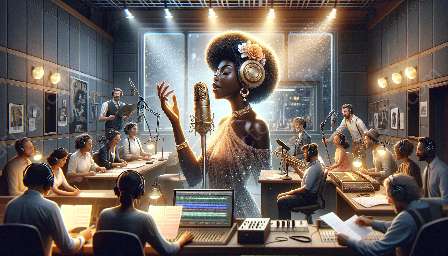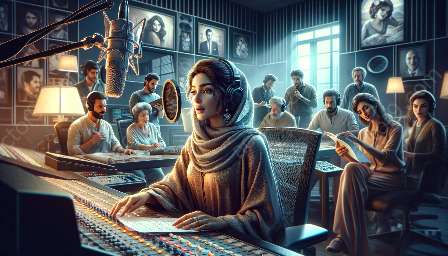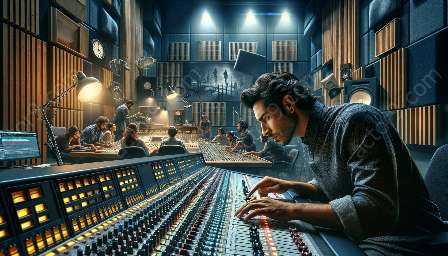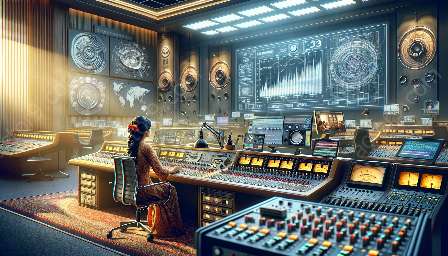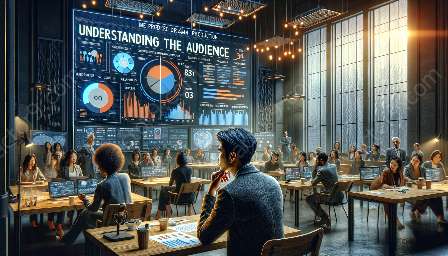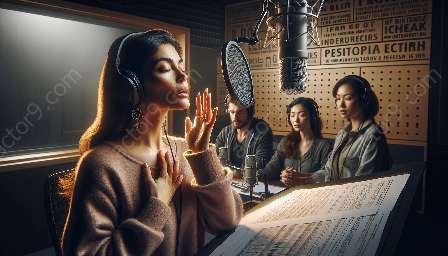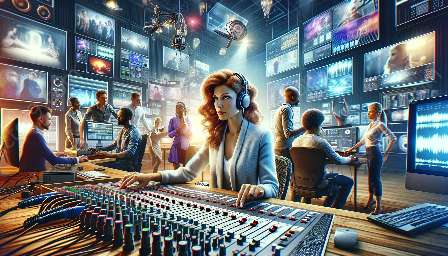Radio dramas have long been a popular form of entertainment, providing gripping storytelling and engaging performances to audiences worldwide. However, producing radio dramas for diverse cultural and linguistic audiences comes with its own set of technical challenges. In this topic cluster, we'll explore the complexities of creating radio dramas for different cultures and languages, the technology used in radio drama production, and how producers can overcome these challenges.
The Cultural and Linguistic Challenges
One of the main technical challenges in producing radio dramas for different cultural and linguistic audiences is ensuring that the content is relevant and relatable to each specific audience. This involves understanding the cultural nuances, traditions, and values of diverse communities and incorporating them into the storylines and characters. Additionally, language barriers can pose a significant challenge, requiring accurate translations and adaptations to maintain the integrity of the original script while resonating with the target audience.
Technology in Radio Drama Production
Advancements in technology have revolutionized the production processes of radio dramas, offering innovative tools and techniques to enhance the overall quality of the content. From recording equipment and sound editing software to digital sound effects libraries and voice modulation tools, technology plays a crucial role in creating immersive and captivating radio dramas. Moreover, the use of virtual reality (VR) and augmented reality (AR) can further elevate the audience's experience by providing an interactive and multi-sensory storytelling environment.
Addressing the Challenges
To address the technical challenges of producing radio dramas for diverse cultural and linguistic audiences, producers can leverage a range of strategies and technologies. Collaborating with culturally diverse creative teams can offer invaluable insights into the preferences and expectations of different audiences. Employing advanced language localization tools and employing skilled translators can ensure that the content resonates authentically with each target audience. Furthermore, embracing cutting-edge sound engineering technologies can enhance the overall production value and create a more compelling listening experience for multicultural audiences.
The Future of Radio Drama Production
Looking ahead, the future of radio drama production for diverse cultural and linguistic audiences holds immense potential for innovation and inclusivity. As technology continues to evolve, we can anticipate the development of AI-powered language translation and cultural adaptation tools that streamline the production process and deliver content tailored to specific demographics with astute precision. Additionally, the integration of immersive audio technologies, such as 3D audio and binaural recording, can transport listeners into the heart of the story, transcending cultural and linguistic barriers with unparalleled realism.

